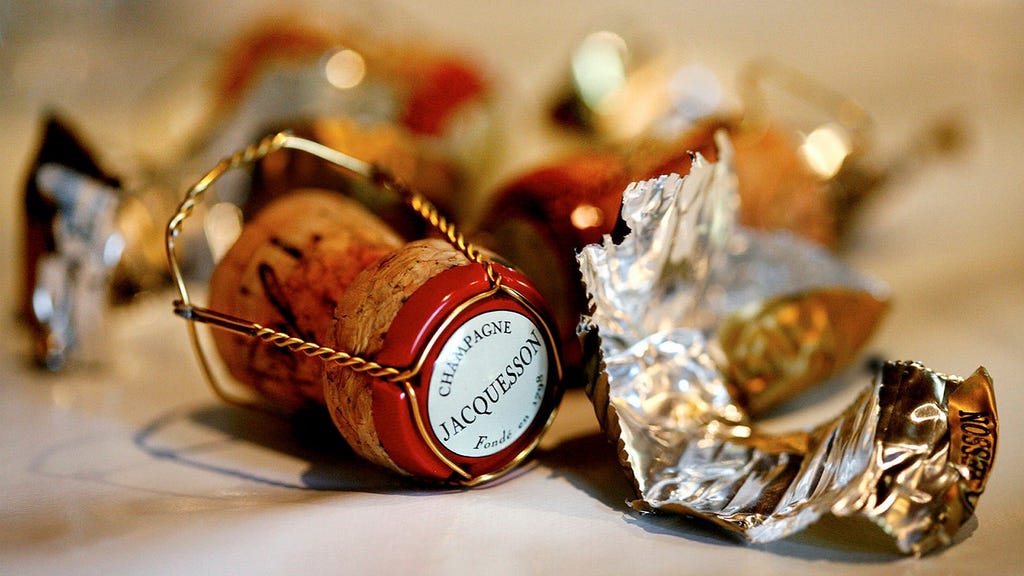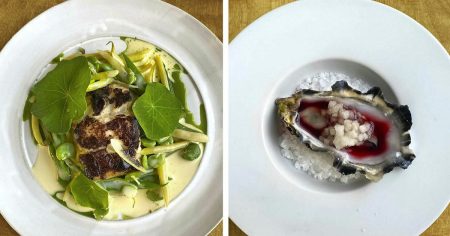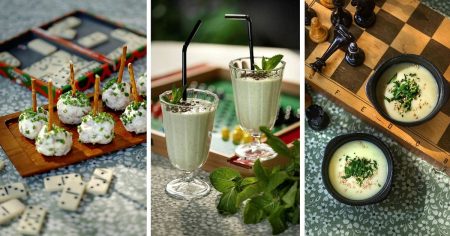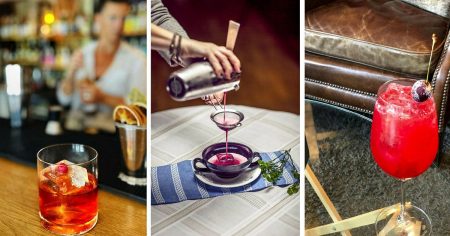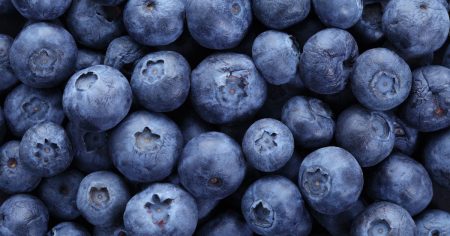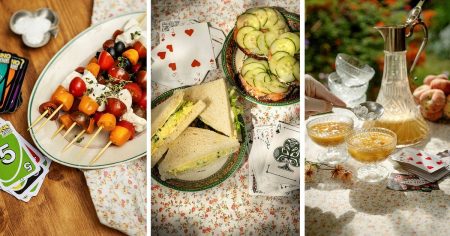Trend 1: Back to Basics – A Return to Familiar Flavors and Affordable Prices
In a world grappling with uncertainty, consumers are increasingly seeking solace in the familiar. This trend is reflected in the wine market, where a renewed appreciation for classic wine regions, traditional grape varietals, and uncomplicated flavors is emerging. After years of experimentation with unconventional styles like pét-nat and orange wines, often adorned with vibrant and eye-catching labels, both producers and consumers are experiencing a shift towards a more grounded approach. The focus is shifting away from novelty and towards wines that offer pure enjoyment and value, without demanding extensive knowledge or breaking the bank. This "back to basics" mentality prioritizes quality and affordability, seeking out wines that are simply delicious, rather than chasing the latest trends. Consumers are rediscovering the timeless appeal of established wine regions and grape varieties, finding comfort in the familiar and reliable.
This desire for stability extends beyond just the taste of the wine itself. Consumers are seeking reassurance in the provenance and production methods of their chosen bottles. This means a renewed focus on traditional winemaking techniques, a preference for established appellations, and a growing interest in sustainable and ethical practices. The quest for simplicity and authenticity in wine reflects a broader societal trend towards mindful consumption and a desire to connect with the origins of what we consume. This translates to a preference for wines that tell a story, wines that reflect the terroir and the craftsmanship of the producer.
Trend 2: Exploring New Territories – Seeking Value Beyond Traditional Boundaries
While the desire for familiar flavors persists, the escalating prices of wines from renowned regions like Burgundy, Barolo, and Champagne are prompting consumers to explore new territories. The exorbitant cost of these prestigious wines has created a barrier to entry for many, pushing consumers to seek out alternative sources of quality and value. This "across the valley" phenomenon involves venturing beyond the well-trodden paths of classic wine regions to discover comparable quality at more accessible price points. This trend leads to the exploration of emerging wine regions and less-heralded grape varietals, often revealing hidden gems that offer exceptional value.
Consumers are increasingly discovering the delights of Pinot Noir from Burgenland in Austria, the crisp minerality of Chardonnay from Germany, and the elegant effervescence of sparkling wines from lesser-known regions of France. This adventurous spirit is driven by a combination of economic necessity and a genuine curiosity to explore the vast and diverse world of wine. It also highlights the increasing globalization of the wine market, with producers from emerging regions gaining recognition and challenging the dominance of traditional powerhouses. This shift in consumer behavior is creating new opportunities for winemakers from lesser-known regions to showcase their talents and reach a wider audience.
Furthermore, this exploration often leads to the discovery of unique and expressive wines that offer a distinct sense of place. These wines often reflect the specific terroir and microclimates of their respective regions, providing a fascinating glimpse into the diversity of winemaking styles and practices around the world. This trend is not simply about finding cheaper alternatives but also about expanding one’s palate and appreciating the nuances of different wine regions and grape varieties.
Trend 3: Embracing Local – The Rise of Estate Wineries and Direct-to-Consumer Sales
New regulations regarding on-site wine sales are transforming the landscape for local wineries and creating exciting opportunities for both producers and consumers. This "home to the farm" movement emphasizes the direct connection between the vineyard and the consumer, fostering a sense of community and supporting local businesses. The ability for wineries to sell their products directly to consumers on their premises offers numerous benefits, including increased revenue streams for wineries, greater accessibility for consumers, and a more intimate and engaging wine-buying experience. This direct interaction allows consumers to learn about the winemaking process firsthand, meet the people behind the wines, and develop a deeper appreciation for the craft.
The prospect of purchasing wine directly from the source, often coupled with a visit to the vineyard, enhances the appeal of local wineries and creates a more personal connection with the product. This trend also encourages agritourism, boosting local economies and promoting a deeper understanding of the winemaking process. However, the increased demand for locally produced wines also presents challenges, such as ensuring sufficient supply to meet the growing demand and navigating potential regulatory hurdles. The success of this model depends on a delicate balance between supply and demand, as well as the ability of local wineries to effectively market their products and manage the logistics of direct sales.
This shift towards local consumption is not limited to wine. It reflects a broader trend towards supporting local businesses and prioritizing products with a clear provenance. Consumers are increasingly seeking out experiences that connect them directly with the source of their food and beverages, and on-site wine sales offer a unique opportunity to do just that. This trend also aligns with growing consumer interest in sustainability and reducing the environmental impact of their purchasing decisions. By supporting local wineries, consumers can minimize transportation costs and contribute to the economic vitality of their communities.
Trend Convergence: The Interplay of Global and Local Influences
These three trends, while distinct, are interconnected and reflect evolving consumer preferences in the wine market. The desire for familiar flavors and affordable prices coexists with a growing curiosity to explore new wine regions and support local producers. This dynamic interplay between global and local influences is shaping the future of wine consumption, creating a more diverse and accessible market for both producers and consumers. The increasing availability of information and the ease of online purchasing have empowered consumers to make informed choices, driving demand for both traditional and innovative wines.
The impact of climate change is also a significant factor shaping the wine industry. Unpredictable weather patterns, including floods, wildfires, and water scarcity, are forcing winemakers to adapt and innovate. This includes exploring new viticultural practices, planting more resilient grape varieties, and seeking out cooler vineyard sites. These challenges also present opportunities for winemakers to experiment and diversify their offerings, potentially leading to the discovery of new and exciting wine styles. The adaptability and resilience of winemakers will be crucial in navigating the challenges of climate change and ensuring the long-term sustainability of the industry.
The Future of Wine: Embracing Diversity and Adaptability
The convergence of these trends suggests a future where wine consumption is characterized by greater diversity, accessibility, and a deeper connection between producers and consumers. The wine market is becoming increasingly dynamic and responsive to consumer demands, with a growing emphasis on sustainability, transparency, and authenticity. This evolution benefits both wine lovers and producers, fostering a more vibrant and engaging wine culture. The future of wine lies in embracing both tradition and innovation, finding a balance between the familiar and the unexpected.
This evolving landscape necessitates adaptability and innovation within the wine industry. Producers must respond to changing consumer preferences, address the challenges posed by climate change, and embrace new technologies and distribution models. The ability to adapt and innovate will be crucial for wineries to thrive in this rapidly changing environment. This includes exploring new marketing strategies, embracing e-commerce platforms, and fostering direct relationships with consumers. The future of wine is dynamic and full of possibilities, driven by the evolving tastes and preferences of a global community of wine enthusiasts.





